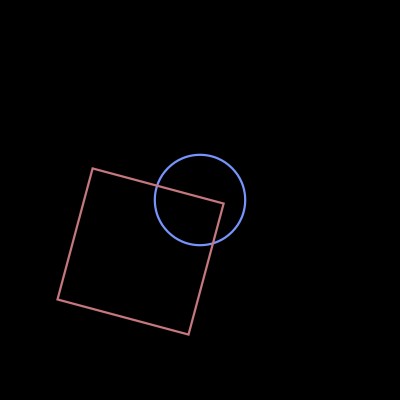

The number returned from analyzer.getLevel() ranges from 0 to 1. In the draw() function, we draw an ellipse based on the current sound level. The setup() also creates a listener that will read the current volume from the soundtrack. Then, we create two buttons - one button to play the soundtrack a second button to stop the sound track. However, we immediately stop the sound so that it doesn't play automatically. In the setup() function, we tell our soundtrack to loop. By preloading the sound file, we can be sure that it will be ready to go when we call on it. This is helpful if you need to load in large audio files or images. The preload() function will run before the sketch starts. OK, now that you're slightly startled, let's talk through this in a little more detail. draw an ellipse based on current volume levelĮllipse(width/2, height/2, map(vol, 0, 1, 0, width), map(vol, 0, 1, 0, height)) stop sound to prevent it from playing automatically Soundtrack = loadSound('soundtrack.mp3') In addition, we will create a very simple music visualizer that maps the volume to the size of an ellipse.ĭownload Soundtrack (.zip) var soundtrack We will also add play and stop buttons to control playback. The sketch below will preload our soundtrack to ensure that everything is loaded before the sketch begins. Especially Dubstep music - Dubstep makes everything super awesome. After all, adding a soundtrack to your sketch will instantly make your sketch so much cooler than it actually is. When creating a sketch, you'll often find yourself wanting to loop a soundtrack. Text("Click to play sound", width/2, height/2) īackground(random(255), random(255), random(255))
#P5 SOUND REFERENCE CODE#
Now let's type in the following code into "sketch.js" (adapted from ): var sound Place your ".mp3" sound files in your project folder (as you would an image or any other media file) - we'll be accessing the sounds in the next step. If your sound isn't currently an mp3 file, you may be able to convert it using Audacity. Once you find a sound that you'd like to use, you'll want to save it as an ".mp3" file.
#P5 SOUND REFERENCE DOWNLOAD#
Or, feel free to download a few sounds to play with below: They have a really good collection - it's worth signing up (and donating if you use them a lot)! One good place to find some free sounds: - You will need to sign up for an account before you can download any sounds. You may now begin working with p5.js by editing the “sketch.js” file.As soon as we get things animating on the screen, it's only obvious to want to add sound to uhh, you know, make it better.īefore we can begin triggering sounds, we first need to find some sounds. You can now drag the “empty-example” folder into the workspace of the text editor of your choice. Going back to the “p5” folder, access the “addons” folder and drag the files “p5.sound.js” and “p5.” to the “libraries” folder within your project working folder. Next, create a folder called “libraries” within the “empty-example” folder. Inside the “empty-example” folder, there should be two files labeled “index.html” and “sketch.js.”ĭo not delete or move these files. Make sure you save the folder in a location that is easily accessible.Īfter the download completes, you should see a folder called “p5” on your computer that contains a file named “p5.js,” as well as two folders labeled “empty-example” and “addons.”ĭrag the “empty-example” folder out of the “p5” folder to the place where you want your project files to be stored. To do this, visit /download and download the “p5.js complete” library. You can also opt to download the p5.js library onto your computer and work with p5.js using a text editor such as Atom or Sublime Text. To dive in, visit to create an account and begin writing code on the p5.js web editor! We highly recommend this route for beginners, and this is the simplest way to begin working with p5.js immediately.

Unlike Processing, which required users to download the Processing application on their device, p5.js can be accessed entirely from your browser. Students and instructors are welcome to attend our in-lab workshops or meet with the lab assistants during lab hours to learn more about p5.js. Students, artists, design professionals, and researchers use it for learning, prototyping, and creating interactive web applications: from experimental games to computer-generated abstract art, it is an amazing tool to create engaging, interactive multimedia projects.
#P5 SOUND REFERENCE HOW TO#
P5.js is a flexible Javascript library that is great for learning how to code within a visual environment.


 0 kommentar(er)
0 kommentar(er)
